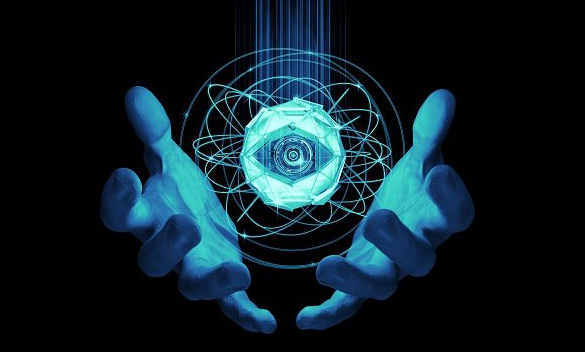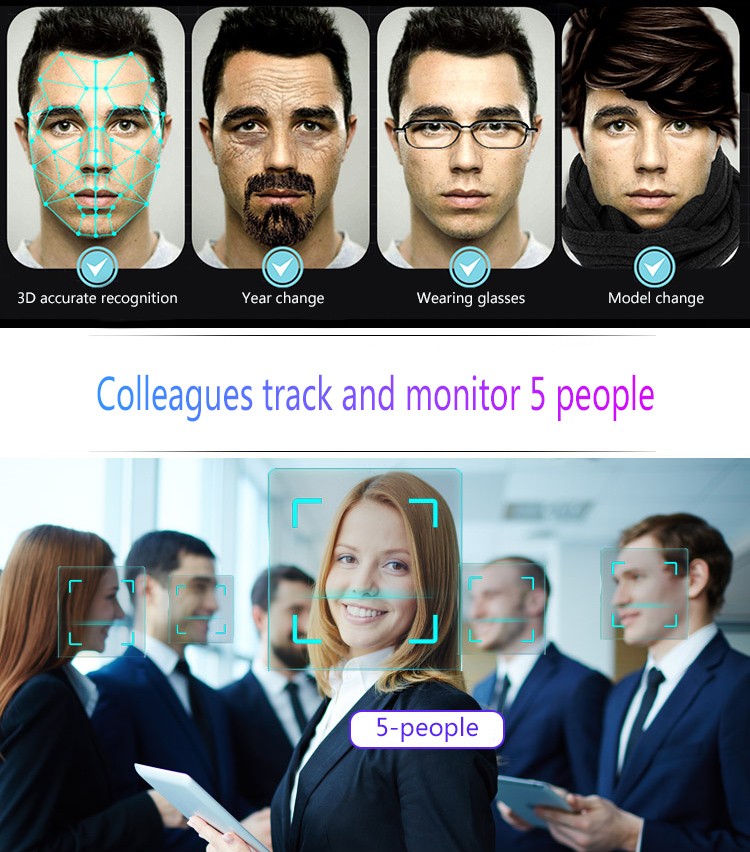Intelligent security access control technology refers to view collection, transmission, storage, video analysis, and big data processing, as well as machine vision, AI chips, algorithms, image sensing, biometrics (face recognition, iris recognition, fingerprint recognition, etc.), and New technologies such as intelligent video analysis, multi-dimensional data fusion, and big data analysis. From another perspective, a complete intelligent security system mainly includes three parts: access control, alarm, and video surveillance. The new crown pneumonia epidemic can hinder the development of the market, but it cannot stop the progress of security technology. This year, major security companies have intensified the application of technologies such as intelligence, networking, and the Internet of Things. With the development and progress of science and technology, current intelligent security has entered a brand new field. S4A predicts the development trend of smart security technology from data collection, video intelligent analysis, biometrics, data intelligence, and parts, and other technologies based on actual product measurements.
Multi-modality is the development direction of biometrics
In the artificial intelligence technology system, biometrics is the first technology to enter the application. Biometric Access Control Systems recognition technology involves many basic sciences and innovative application technologies such as computer science, optics and acoustics, biological sciences, biosensors and biostatistics, security technology, and artificial intelligence technology. It is a complete multidisciplinary Technical solution. Human characteristics currently available for identification include physiological characteristics such as fingerprints, iris, face, palm prints, veins, and behavioral characteristics such as gait, handwriting, and voice. Biometric identification technology has many advantages such as good security, not easy to lose, difficult to counterfeit, and convenient to carry. It is undeniable that from fingerprint authentication, palmprint recognition, finger vein recognition to face recognition and iris recognition, biometric recognition technology is becoming more mature, but it is also entering the “visual” era.
Fingerprint access control recognition is the most “traditional” biometric technology. It has a special status. Compared with face recognition and voiceprint recognition, its recognition accuracy and discrimination are much higher. It can even be said that fingerprint recognition is used in many scenarios. The only feasible way. Starting with a major breakthrough in fingerprint recognition technology in 2018, it has more efficiently promoted the transformation of national social public services and business models. However, with an epidemic in early 2020, the application of non-contact access control technology has been highly valued and developed.
Palmprint recognition is a new type of biometric recognition technology. It uses the palmprint of the human body as the target feature and collects biological information through multispectral imaging technology. Multi-spectral palmprint recognition can be regarded as a model of biometric recognition technology that combines multi-modality and multiple target features. This new technology combines the three identifiable features of skin spectrum, palmprint lines, and veins to provide richer information at one time and increase the distinguishability of target features. At present, the consensus in the industry is that single-modal recognition has bottlenecks in both recognition performance and security, and multi-modal fusion is an important breakthrough in face recognition and even biometric recognition—not only through multi-factor recognition Ways to improve recognition accuracy can also improve the scene adaptability and privacy security of biometric technology to a certain extent. Compared with traditional single-modal algorithms, it can better meet the financial-level misrecognition rate (as low as one in ten million), which is also the main trend in the development of biometrics.
In non-contact biometric technology, face recognition is the most important module. Since 2019, the application of “face swiping” has been widely used. The epidemic has further promoted development. The future will still be an important direction for AI landing security for a long time. . At present, the traditional face recognition difficulties including face rotation, occlusion, similarity, etc. have been greatly improved, which greatly improves the accuracy of face recognition. With the 2D face, 3D face, and multi-spectral face Represented by multiple modalities, each modal has a different collection and adaptation scenarios, data security levels, and privacy sensitivity, etc. The addition of deep learning of big data enables 3D face recognition algorithms to supplement the defects of 2D projection. The ability to quickly identify people’s identities brings certain breakthroughs to the application of two-dimensional face recognition. At the same time, the current living body detection technology is being used as a key technology to improve the security of face recognition, which can effectively resist photo, video, 3D models, prosthetic masks, and other fake fraud, and independently determine the identity of operating users. On the one hand, face applications are mainly for traffic hub scenarios, such as airports and stations, and are mainly used for real-name authentication and key personnel deployment control. On the other hand, it is oriented to city-level applications. Through the docking of the Skynet project, a comprehensive actual combat platform composed of front-end camera deployment and back-end identification platform and big data analysis platform is constructed. With the rapid development of face recognition technology, many innovative applications such as smart devices, online finance, and face payment have become increasingly common, bringing speed and convenience to everyone’s life and work.
In addition, in the face of the limitations of Facial recognition access control, gait recognition as a representative body recognition stands out from many technologies due to its difficult to hide, non-contact, and non-invasive characteristics, and has become a “dark horse” in the current biometric recognition field. . Gait recognition recognizes the identity of the target through body shape and walking posture. It is a rather complex behavior feature. Body recognition technology does not require human cooperation and can adapt to more common application scenarios, especially suitable for long-distance identity Recognition. At present, several domestic companies have reached a very high level of recognition accuracy.
It is worth mentioning that iris recognition technology is also a relatively mature biometric technology. At present, iris recognition technology is also becoming popular. The misrecognition rate of iris recognition is as low as 1/100 million. Features to identify identity. However, due to cost and restrictions on product requirements, its landing speed is relatively slow. However, in the past year or two, as government agencies, including financial institutions, have begun to pay attention to iris recognition, its landing speed is gradually accelerating. The next step may be the combination of a human face and iris. In summary, biometrics itself is not a complete replacement relationship, more of a combination or even fusion application.
With the advancement and maturity of the technology and the gradual evolution of market application requirements, the voice of multi-modal biometrics technology has become louder and louder. Looking to the future, multi-modal biometrics technology will become the mainstream development trend of the biometrics market, and it will usher in more and more broad application fields and markets. S4A Research survey shows that a single biometric identification cannot solve the identity authentication problem in all scenarios, and each technology has certain limitations. The multi-modal recognition technology, on the one hand, enriches the scene data, making the recognition more efficient and accurate; on the other hand, it is more suitable for application changes in complex scenarios and is the most suitable biometric technology in many scenarios. It cannot be denied that multi-modal recognition is a mainstream direction of the future development of biometric technology. The multi-modal unified authentication platform not only integrates multiple identification technologies but also can flexibly and automatically configure suitable biometric technologies according to decision weights and scene requirements, which will become an ideal state for the development of multi-modal biometric technologies. At present, the implementation of multi-modal recognition technology is still facing the process of market education, which requires biometric technology companies to work together to promote the commercialization and large-scale application of the technology.


